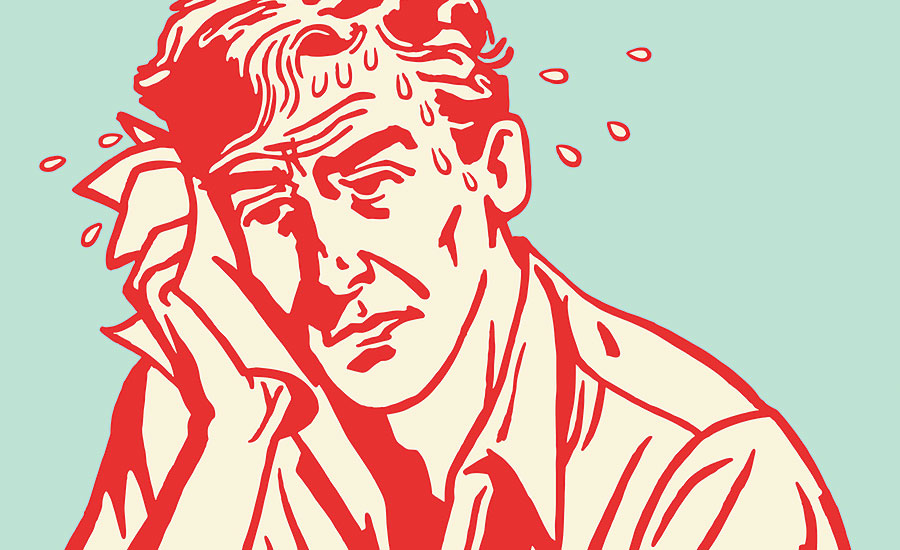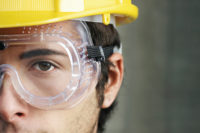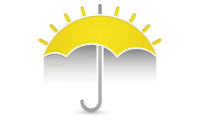June, July and August are typically the hottest months in the U.S., but even when warm climates aren’t at their peak temperatures, heat can be dangerous for outdoors workers. Avoiding heat exhaustion while wearing flame-resistant attire might seem difficult, but there are things workers can do to protect themselves.
In 2010, OSHA reported 2,365 cases of heat stress or stroke, as well as more than 68,000 minor heat stress-related incidents requiring first aid and more than 700,000 “near misses.”
Heat exhaustion takes many forms and affects workers differently. According to the Centers for Disease Control and Prevention, heat stroke, heat syncope, heat rash and heat cramps all result from the body overheating. Dehydration can cause all types of heat exhaustion and stress, resulting in dizziness, fainting, muscle spasms and nausea. Heat stroke is the most dangerous and should be dealt with immediately upon spotting symptoms. Heat stroke occurs when the body loses its ability to regulate heat or sweat to cool down.
Choose light fabrics
The CDC recommends wearing loose-fitting, lightweight clothing that is also light in color with breathable fabric. There are FR garments that are designed to keep workers cool in hot climates and work sites. Some heavier FR clothing, like certain workwear, could inhibit the transfer of body heat from the skin to the surrounding environment. Lighter weight and looser weave fabric can help. Certain fabrics also can help by moving sweat off the skin and onto the surface of the fabric where it can evaporate and promote evaporative cooling. Some FR clothing is said to be moisture wicking, which is designed to avoid moisture build up and ensure sweat can still evaporate off the skin to cool down your body.
According to FR clothing manufacturers, choosing light-colored fabrics and lighter weight material can help workers avoid heat stress. For working outdoors, color should also be a consideration – dark colored clothing absorbs more heat from the sun than lighter colored garments. Looser fitting clothing keeps that absorbed heat from reaching the skin, and allows for better air circulation. Wear single layer FR protection if appropriate for the task at hand. A wide brimmed hat also helps shield your head from direct sun exposure.
Standards
While there are no specific standards on heat-related stress and FR clothing, the NFPA offers informative guidelines on FR clothing requirements and how to determine whether FR clothing is necessary. NFPA 2112, the “Standard on Flame-Resistant Garments for Protection of Industrial Personnel Against Flash Fire” offers guidance on how FR garments are tested for compliance to NFPA standards. The document ensures that all fabrics are tested and labeled the same.
NFPA 2113, the “Standard on Selection, Care, Use, and Maintenance of Flame-Resistant Garments for Protection of Industrial Personnel Against Flash Fire” gives guidance on determining whether FR clothing is needed by NFPA standards. The document also gives guidance on how to conduct a Workplace Hazard Assessment to identify potential flash fire hazards in the workplace. If FR clothing is determined to be a requirement, it also gives guidance on selection, use, care, and maintenance, of the garment.




